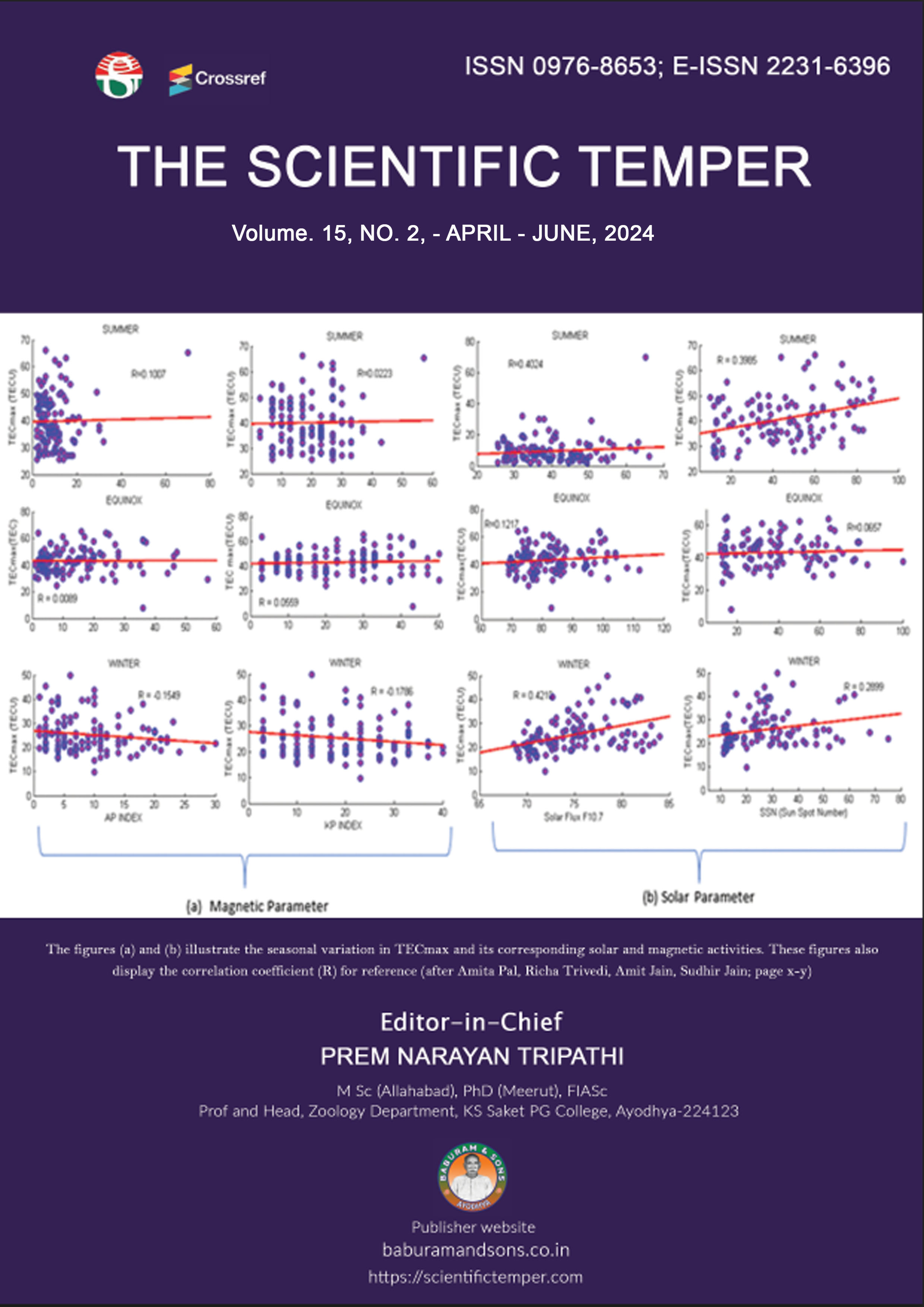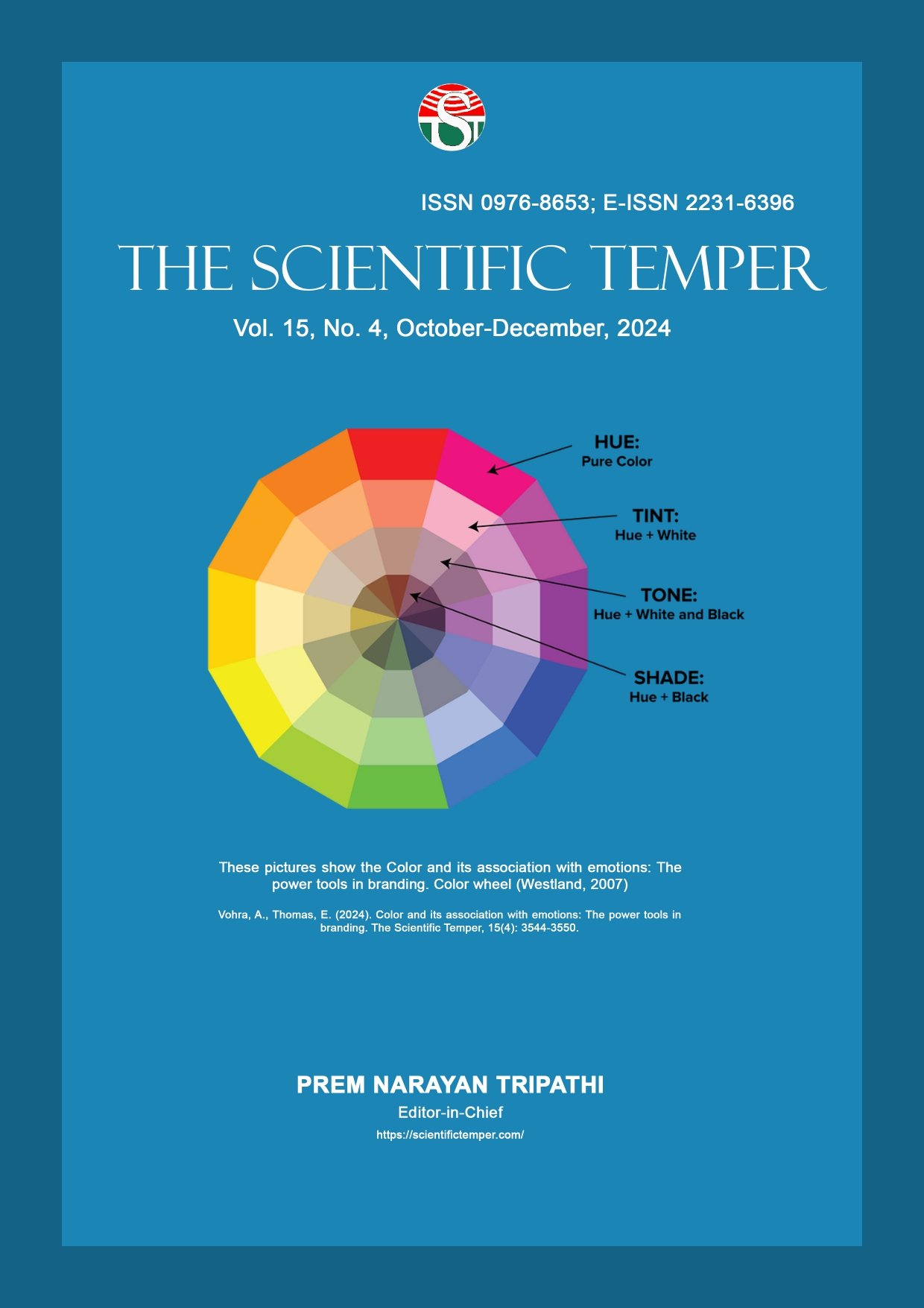A combined framework based on LSTM autoencoder and XGBoost with adaptive threshold classification for credit card fraud detection
Downloads
Published
DOI:
https://doi.org/10.58414/SCIENTIFICTEMPER.2024.15.2.34Keywords:
Credit card fraud detection, LSTM, Autoencoder, XGBoost, Threshold, ClassificationDimensions Badge
Issue
Section
License
Copyright (c) 2024 The Scientific Temper

This work is licensed under a Creative Commons Attribution-NonCommercial-ShareAlike 4.0 International License.
The digital invasion of the banking and financial sectors made life simple and easy. Traditional machine learning models have been studied in credit card fraud detection, but these models are often difficult to find effective for unseen patterns. This study proposes a combined framework of deep learning and machine learning models. The long short term memory autoencoder (LSTMAE) with attention mechanism is developed to extract high-level features and avoid overfitting of the model. The extracted features serve as input to the powerful ensemble model XGBoost to classify legitimate and fraudulent transactions. As the focus of fraud detection is to increase the recall rate, an adaptive threshold technique is proposed to estimate an optimal threshold value to enhance performance. The experiment was done with the IEEE-CIS fraud detection dataset available in Kaggle. The proposed model with optimal threshold has an increase in predicting fraudulent transactions. The research findings are compared with conventional ensemble techniques to find the generalization of the model. The proposed LSTMAE-XGB w/ attention method attained a good precision and recall of 94.2 and 90.5%, respectively, at the optimal threshold of θ = 0.22. The experimental results proved that the proposed approach is better at finding fraudulent transactions than other cutting-edge modelsAbstract
How to Cite
Downloads
Similar Articles
- Ashutosh Pathak, Review- Significant Advancements in Electrochemical Detection of Neuron-Specific Enolase , The Scientific Temper: Vol. 13 No. 02 (2022): The Scientific Temper
- Suprabha Amit Kshatriya, Arvind R Yadav, Early detection of fire and smoke using motion estimation algorithms utilizing machine learning , The Scientific Temper: Vol. 15 No. 04 (2024): The Scientific Temper
- P S Renjeni, B Senthilkumaran, Ramalingam Sugumar, L. Jaya Singh Dhas, Gaussian kernelized transformer learning model for brain tumor risk factor identification and disease diagnosis , The Scientific Temper: Vol. 16 No. 01 (2025): The Scientific Temper
- M. Rajalakshmi, V. Sulochana, Enhancing deep learning model performance in air quality classification through probabilistic hyperparameter tuning with tree-structured Parzen estimators , The Scientific Temper: Vol. 14 No. 04 (2023): The Scientific Temper
- manikandababu, V. Rukkumani, Empirical Evaluation of FPGA based Canny Edge Identification Methodology over VLSI Framework Interfacing , The Scientific Temper: Vol. 16 No. 01 (2025): The Scientific Temper
- Archana G, Vijayalakshmi V, Improving classification precision for medical decision systems through big data analytics application , The Scientific Temper: Vol. 15 No. 04 (2024): The Scientific Temper
- Krishna P. Kalyanathaya, Krishna Prasad K, A framework for generating explanations of machine learning models in Fintech industry , The Scientific Temper: Vol. 15 No. 02 (2024): The Scientific Temper
- Rahat Yezdani, S. M. K. Quadri, A PPR-based energy-efficient VM consolidation in cloud computing , The Scientific Temper: Vol. 15 No. 03 (2024): The Scientific Temper
- Sathya R., Balamurugan P, Classification of glaucoma in retinal fundus images using integrated YOLO-V8 and deep CNN , The Scientific Temper: Vol. 15 No. 03 (2024): The Scientific Temper
- Abhishek Dwivedi, Shekhar Verma, SCNN Based Classification Technique for the Face Spoof Detection Using Deep Learning Concept , The Scientific Temper: Vol. 13 No. 02 (2022): The Scientific Temper
<< < 1 2 3 4 5 6 7 8 9 10 > >>
You may also start an advanced similarity search for this article.



